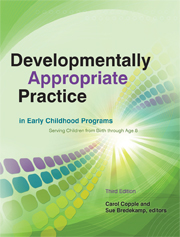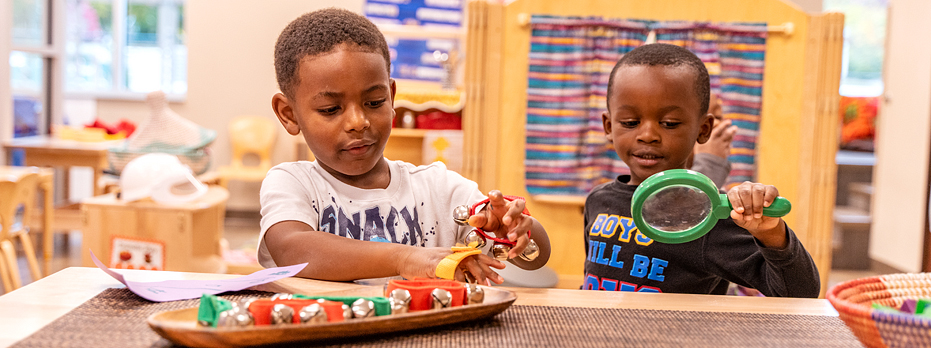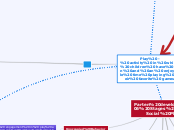Play - activity in which children have fun and an enjoyable time playing their favorite games
While Play encourages children in physical activity, it also enhances their learning and development through two stages of play
Unstructured Play
No rules in games that they play - freedom is very important
Structured Play
Engaged in games that have a set amount of rules, while also having the organization aspect behind it
Developmentally Appropriate Practice (DAP) - approach which teaches educators about what their role is and what they should do (ethics).
Allows children to play freely and explore by themselves the environment around them
Children learn how to negotiate and share information based on what types of activities they have done in free play
They become more independent and have better problem-solving skills than most children who play games under rules that limit their creativity
Parten developed 6 Stages of Social Play
Cooperative Play
Children play together (older preschoolers), share materials or toys, and most importantly, they communicate with each other frequently.
Associative Play
Children are on the same topic and interact a lot with the same toys. If a child sees another one of their friends playing with something interesting, then that child will join his/her friend and play together.
Parallel Play
Toddlers/preschoolers focus on their play and sit besides each other. However, they talk very loudly about random topics - more or not the same. They also use the same types of toys while sitting besides each other.
Unoccupied Behavior
No engagement in play and don't have a particular goal in mind
Onlooker Behavior
Observes other children playing, but does not get involved in activities. Children at this behavior usually hang out around adults more.
Solitary Play
Child plays alone and does not share any toys. Child at this stage also does not communicate or interact with the other children as much (rarely)
Piaget/Smilanksy' 4 Cognitive Stages of Play
Games with Rules
These games are usually played and understood better with school-aged children. They develop instructions when inventing a game or they play famous games that they have discovered over their childhood like Hide & Seek, Tag, etc.
Constructive Play
Children feel powerful and are finally able to use their imagination in their own ways in order to create an object. Children create rules, play with others and communicate with educators efficiently
Symbolic/Dramatic Play
Children utilize pretend play and get involved in a lot of dramatic play with roles, acting and instructions. Moreover, children make objects work through their own imagination.
Functional/Sensorimotor Play
Occurs in the first two years of an infant. Their reflexes develop and try to sense unfamiliar sensations they have not felt before. Additionally, they learn cause and effect (it's bad if you fall from a high place like the couch).
Individually Appropriate
Age Appropriate
Culturally Appropriate


Art/Creative Space

Science/Sensory Space

Book/Quiet Space

Manipulating/Cognitive Space

Dramatic Space

Block Space
4 Areas of HDLH? (How Does Learning Happen?) and Relationships between Child, Educator and Parents
Engagement
Engagement refers to when a child is genuinely interested to what one is doing.
Well-Being
Studies suggest that early childhood experiences, whether good or bad, can actually impact the child’s health and well-being.
Belonging
The goal of belonging is getting children to feel comfortable around caretakers and other children. Knowing that they can rely on people such as parents, relatives or guardians helps children develop better.
Expression
A child who is able to communicate with others to express themselves in many different ways.
Loose Parts

Pine Cones

Ice Cubes

